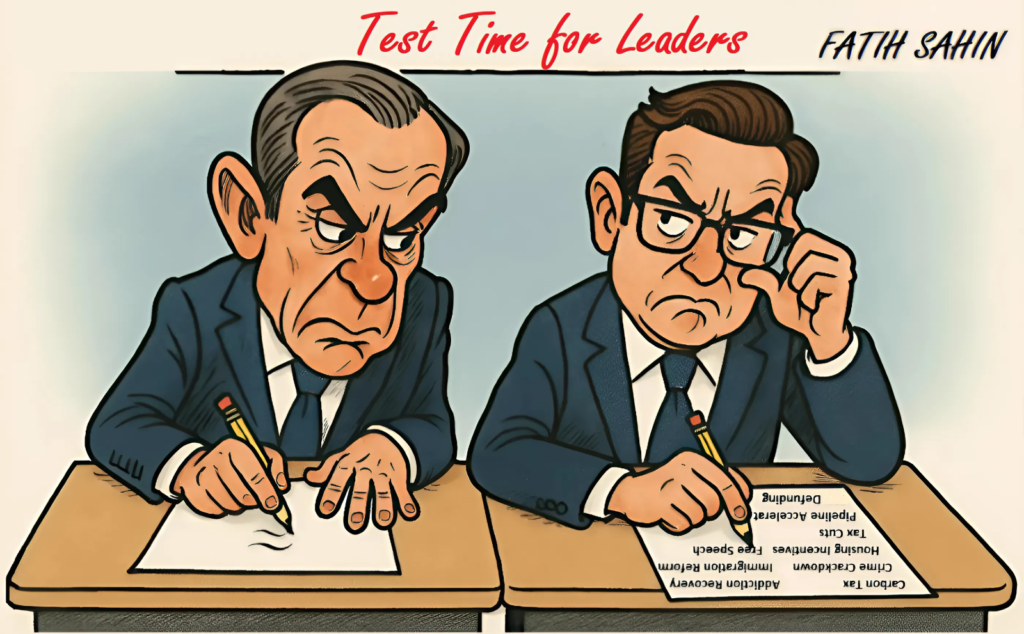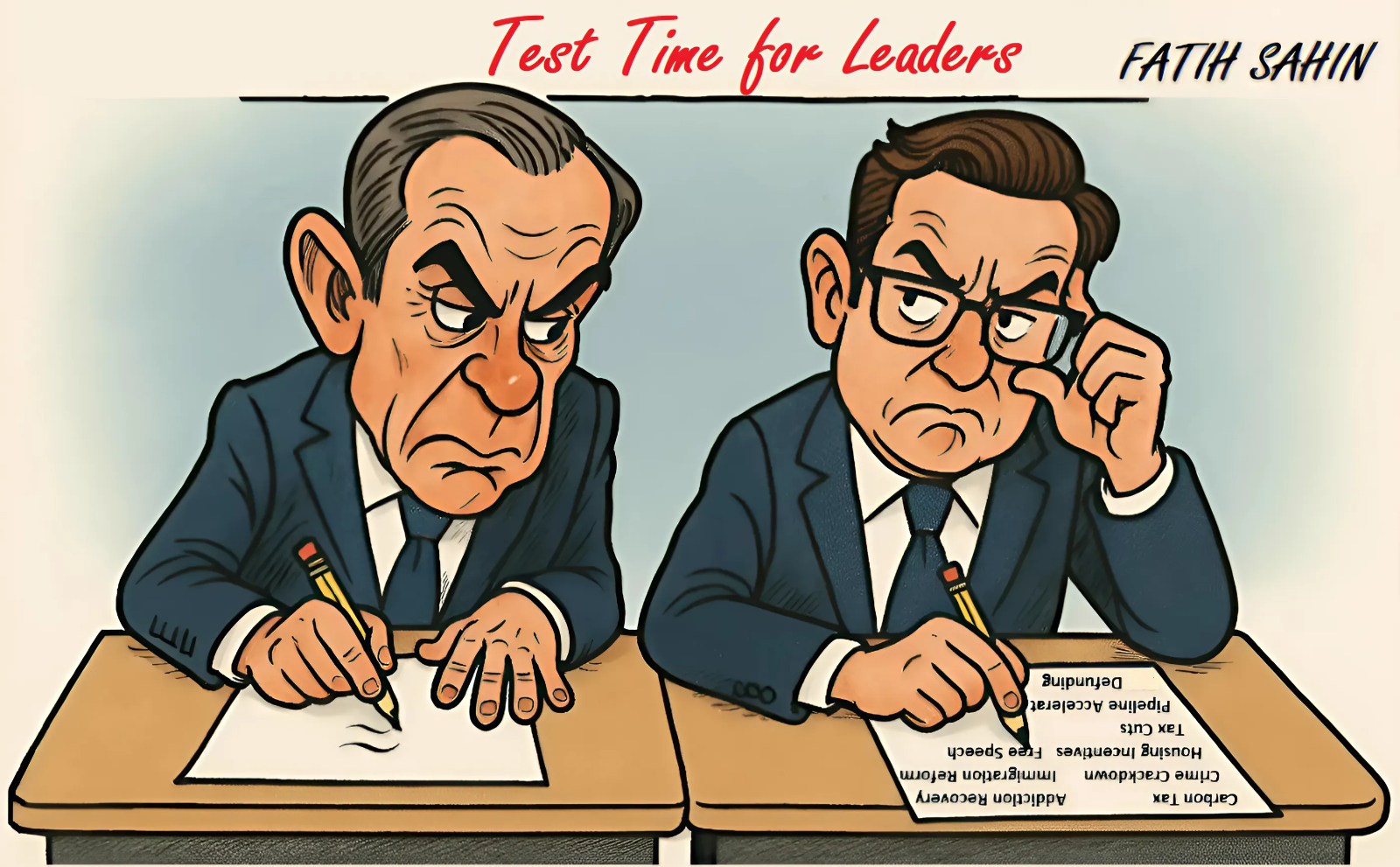Less than two months ago, the Liberal Party of Canada looked like a government in freefall. With Prime Minister Justin Trudeau’s approval at historic lows, economic pressures mounting, and key policies under fire, the Liberals were polling as low as 23% — putting them behind the Conservatives and the surging Bloc Québécois in some regions. Headlines questioned whether the party could even remain competitive in the next election.
Then came a sudden shift: Mark Carney took the helm of the party. Within weeks, the Liberals had surged ahead in national polls, the media narrative turned dramatically favourable, and a snap federal election was announced for April 28.
Now, many are asking — how did this turnaround happen so quickly? And perhaps more importantly, is this shift driven by real reform, or is it simply a strategic rebranding?
Carney’s rise was marketed as a reboot of the Liberal brand. As a former governor of the Bank of Canada and Bank of England, Carney stepped into the race as a respected figure in global finance, calm, polished, and free from the controversies of political life.
Though he was not a sitting politician, Carney advised Trudeau during the pandemic and publicly supported many hallmark Liberal policies, including the now-revoked carbon tax. He was even introduced at Liberal events over the past three years as a potential saviour. So, how much daylight exists between the Trudeau government and Carney’s leadership?
The cabinet Carney appointed after taking over included 23 ministers from the Trudeau era.
One of Carney’s first acts as Prime Minister was to eliminate the federal consumer carbon tax — a move the Conservatives had championed for years. In doing so, Carney aligned himself with Conservative leader Pierre Poilievre’s long-standing promise to “axe the tax.” Yet just last year, Carney defended the very same levy as essential climate policy. As a UN climate finance envoy, he argued for pricing carbon to reach net-zero goals.
Supporters frame it as responsive leadership, adapting to public sentiment and economic hardship. But others question whether Carney’s U-turn was strategic rather than principled. Is he simply repositioning the Liberal brand by co-opting Poilievre’s popular policies? And if so, how does that square with his earlier values?
And now, Carney has turned to public safety — in what many call a reactive move in the face of growing Conservative pressure.
At a campaign stop in Brampton on April 10, Carney unveiled a sweeping plan to crack down on gang violence, restrict bail for repeat violent offenders, and ramp up border security. His language was forceful: “Criminals are taking advantage of irresponsible American gun laws… My government will act.” But the proposals themselves bore striking similarities to Poilievre’s long-standing crime platform — one the Liberals had previously criticized as harsh, divisive, or even unconstitutional.
The new Liberal plan includes:
- Making it harder for people accused of violent crimes to obtain bail
- Hiring 1,000 new CBSA officers and 1,000 RCMP officers
- Reinvigorating the stalled 2020 gun buyback program
- Criminalizing the distribution of deepfakes and hate content online
- Creating new offences to block intimidation around places of worship, schools, and community centres
It also promises new criminal penalties for distributing non-consensual intimate images, stiffer sentences for sexual offences against children, and automatic license revocation for gun owners convicted of violent crimes.
These are not minor tweaks. They represent a fundamental shift in tone and enforcement — one that the Liberals resisted for years, even as Poilievre campaigned on “jail, not bail” and a stricter “three-strikes” approach for repeat offenders.
So what changed?
The media’s treatment of Carney’s leadership has also raised eyebrows. Since winning the Liberal leadership with over 86% of the vote, Carney has been covered extensively.
Some commentators have described him as “Canada’s safe hands.” Major media outlets focused heavily on his economic credentials, personal style, and “calm presence.” But far less has been said about his time advising Trudeau, his role in promoting carbon pricing.
Why this shift in tone? Before Carney’s arrival, Trudeau was widely criticized in those same outlets. Some readers may wonder whether the media has softened its tone simply because the face of the party has changed.
Recent national polls show a dramatic swing toward the Liberals. Ipsos has them at 46%, ahead of the Conservatives at 34%. Angus Reid also reports a strong Liberal lead, with half of 2021 NDP voters now backing Carney.
But how firm is that support?
According to Angus Reid, 72% of Conservative supporters described themselves as firmly committed, compared to 51% among Liberal supporters.
Polls also show that while Carney currently enjoys a net positive approval rating, many Canadians still say they know little about his platform. Is the public supporting him or simply responding to how he’s being portrayed?
If this political turnaround is to be remembered — and potentially studied in future political science classes — it will need to answer a deeper question: Is this a real movement of ideas and trust, or a temporary media-driven course correction?
The Liberal Party has changed leaders, but it hasn’t yet faced accountability for many decisions under its government. If Carney aims to lead with integrity, Canadians may expect more than refined messaging, including clarity on past policy shifts, a defined vision moving forward, and openness to scrutiny.
In a democracy, asking hard questions is not disloyal. It’s necessary.
As Canadians head toward a pivotal election, they deserve clarity, not just charisma.
This article is an independent analysis based solely on publicly available information. It is not affiliated with or endorsed by any political party or campaign.


